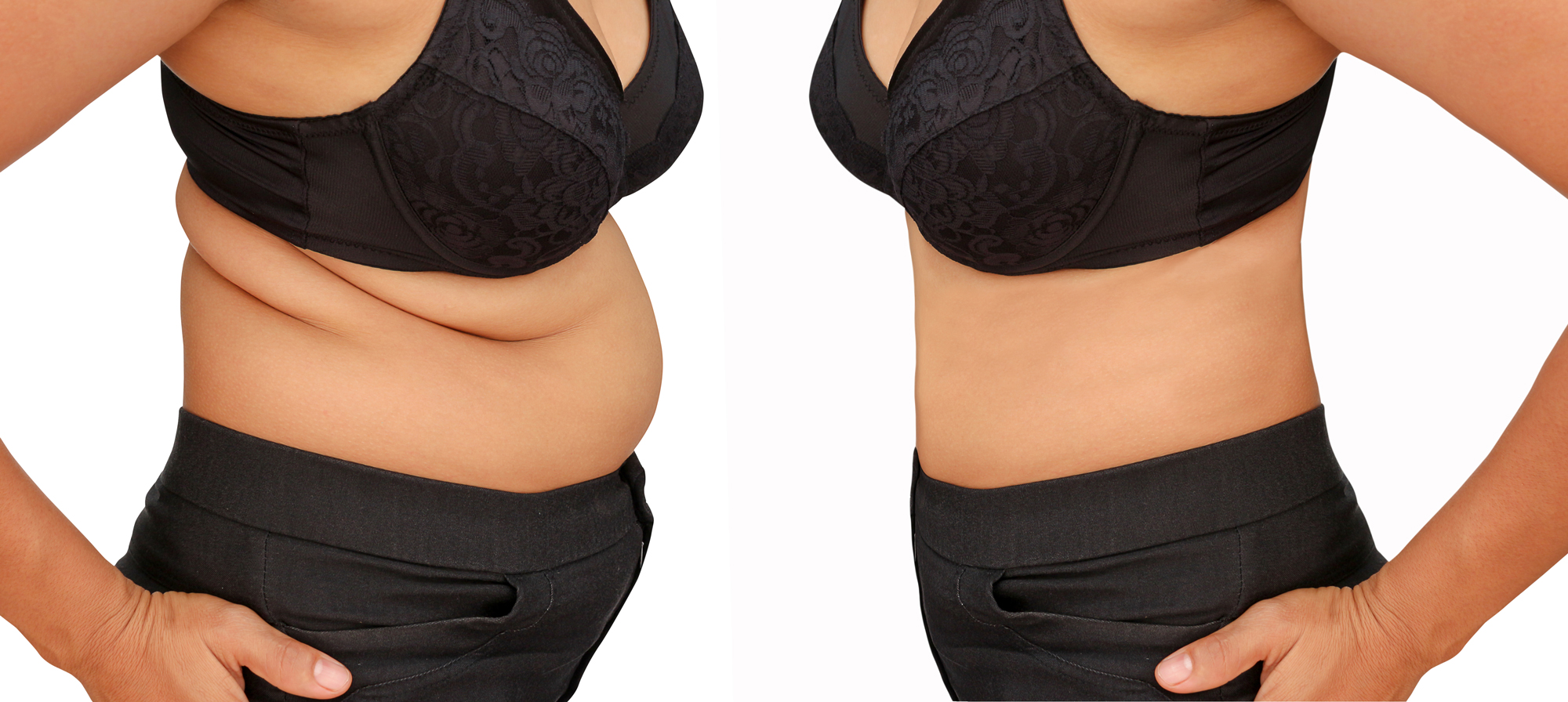
One of the most important things we can do to lose weight and achieve the body shape we desire is to change the way we eat. Many of us have probably heard the phrase “abs are made in the kitchen,” and this is one of the most accurate mantras in the fitness industry. There are many elements of a healthy diet, but this article is going to focus on the simple and most important changes we can make to begin to fix the problems with the American diet.
Eating for Fat Loss
Step one is to look at each meal and ask yourself “Where is the protein?” Every meal we eat should contain at least 20-30 grams of protein, more on days you exercise. Protein is critical because it gives our bodies fuel to build muscle, which is going to help speed your metabolism and help stimulate fat loss.
Protein
Protein can come in many forms – 4 ounces of meat (a piece the size of your palm) is usually about 20-30 grams of protein and 4 eggs contain around 20-25 grams total depending on size. Vegetarians should try tempeh, which has about 20 grams per half cup, or tofu, which has about 10 grams per half cup. Beans and lentils have around 8 grams of protein in half a cup, and peas have about 4 grams per half cup. There are many good sources of protein out there, figure out which ones appeal to you and enjoy them with every meal to ensure your body has the fuel it needs to grow muscle and burn fat. For vegans and vegetarians, try this link to learn about some good sources of protein, and always read nutrition labels to see the amount of protein per serving in your foods.
Sugar
Reducing sweets from our diets is the second potent step we can take to reduce unwanted fat and get healthier. Sweet foods stimulate the appetite, and it takes much longer to feel full when eating sweet foods than it does when eating foods rich in protein or fat. The sweeter food is the worse it is, so pancakes and waffles, ice cream, milkshakes, anything with added sugar is going to make you eat more, and increase weight gain. Even things like bagels and bread aren’t good for you in excess – you’ll notice if you take a bite of bread in your mouth and keep it in there long enough before swallowing it starts to taste a little sweet – that’s because bread actually breaks down into sugar as you digest it.
Sweet fruits like bananas and pineapple should be saved for the hour after your workout alongside some protein, when your body is actually able to direct that sugar to our muscles to help aid recovery. The other time it’s alright to have sweet fruits is before bed, when you won’t be staying awake so the hunger stimulation shouldn’t drive you to eat more. Having very sweet fruit in the morning isn’t great for you though, since it will make you hungrier throughout the day and likely make your other food choices not as healthy. Fibrous fruits like apples are generally a great snack option though, since they aren’t too sweet and don’t give us a crazy blood sugar spike and crash like some others do.
Every meal we should start by eating protein and vegetables until we feel satisfied before we consider eating sweets, this will help to reduce the chances of eating too much food. Fat can also be a good addition to the diet when protein and vegetables don’t satisfy you, since fat does a lot to make us feel full.
Fat
 Some of the healthier forms of fat are avocados, plain greek yogurt, coconut oil, and eggs. These are great options, especially the eggs and plain yogurt, since they are rich in protein as well as fat, and don’t contain any sugar. One type of fat that you should absolutely avoid at any cost is Trans fats, which our bodies aren’t able to process and can actually never get rid of once they are stored as fat.
Some of the healthier forms of fat are avocados, plain greek yogurt, coconut oil, and eggs. These are great options, especially the eggs and plain yogurt, since they are rich in protein as well as fat, and don’t contain any sugar. One type of fat that you should absolutely avoid at any cost is Trans fats, which our bodies aren’t able to process and can actually never get rid of once they are stored as fat.
When in doubt, if it doesn’t have any sort of nutrition label, it’s better for you than if it does. And if it does have a nutrition label, choose foods that are high in protein, ideally ones with less carbohydrates, and do your best to avoid ones that have sugar or high fructose corn syrup in the first three ingredients. Also, remember that every meal and every day is a clean slate. You should never tell yourself your diet is ruined because of a mistake or moment of weakness. Just remember that you know how to make healthier choices, and do the best you’re able each day and each meal.
Calories
At our awesome meeting this Monday night, someone asked a great question – how can I calculate how many calories I actually need to be eating. To help with that, I did a little searching, and found this website which will help you figure out how much to consume. It lets you enter in factors such as your activity level, and if you know your body fat percentage (which any trainer can help you find) you can get an even more detailed recommendation by clicking on the advanced options. If you do decide to get serious about tracking your calories however, beware – it is important that you eat the recommended amount, and not much under. If you significantly under-eat for an extended period, your body will go into starvation mode, and your metabolism will slow down as a defense mechanism to keep you healthy.
 Alex Stanton
Alex Stanton
CSC Personal Trainer
astanton@commonwealthsportsclub.com


